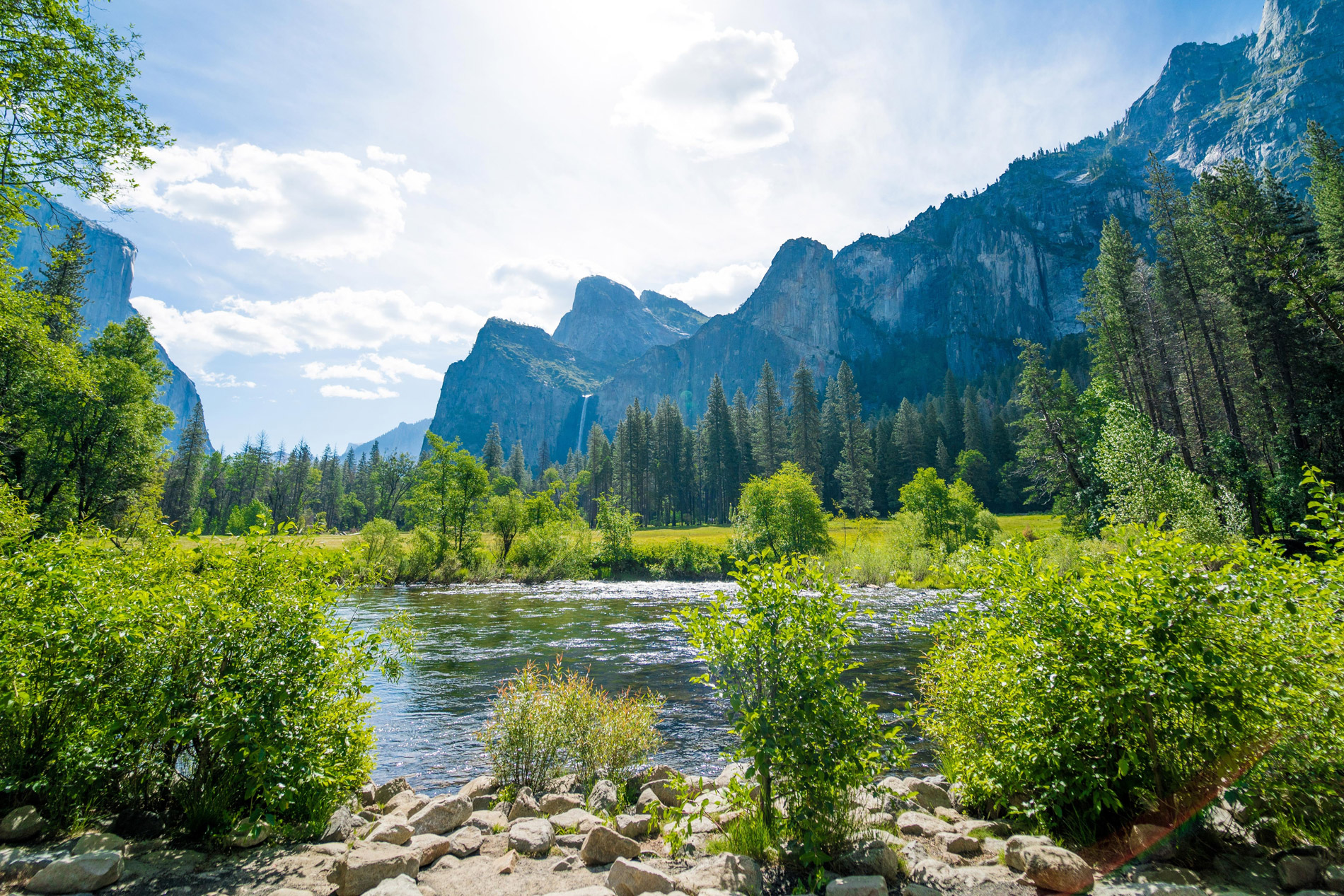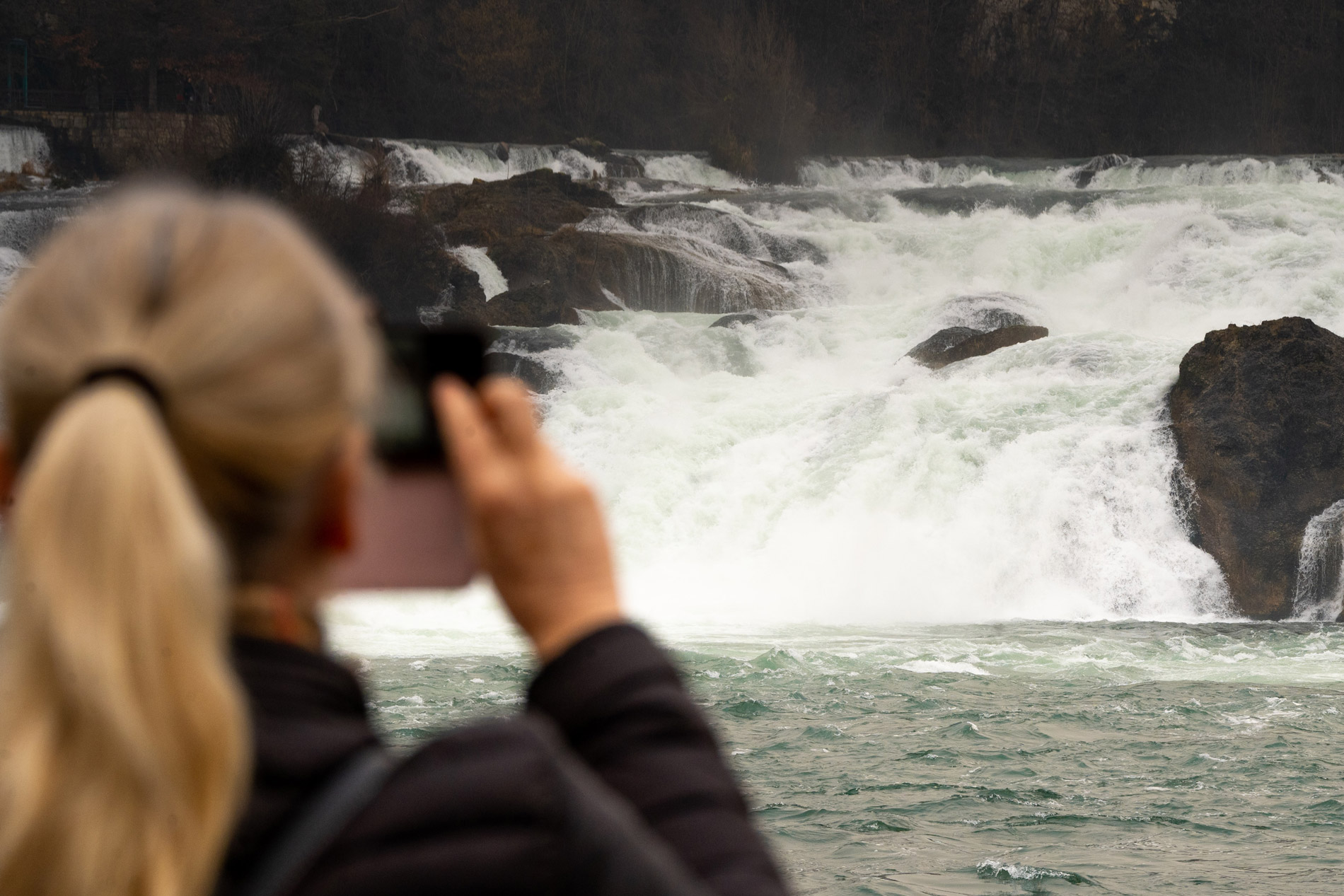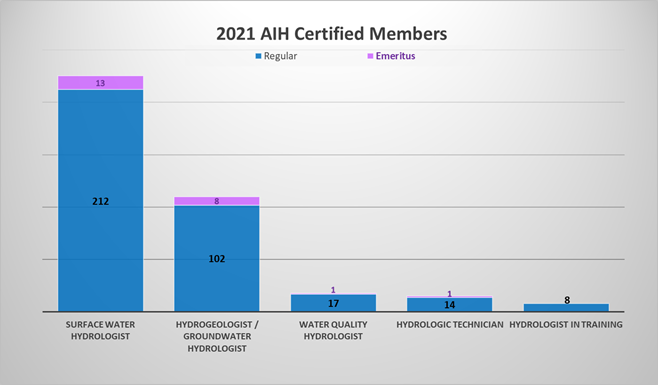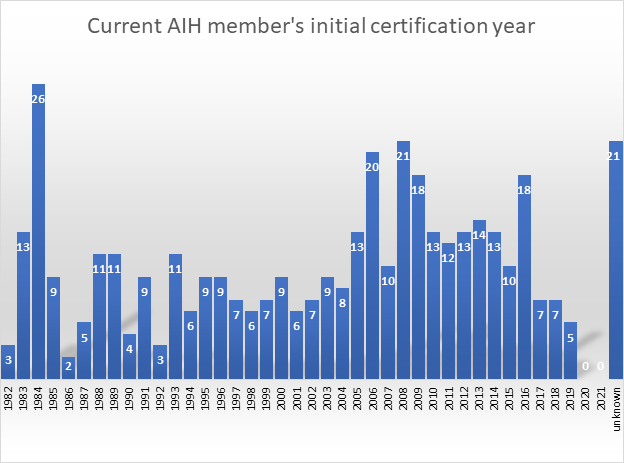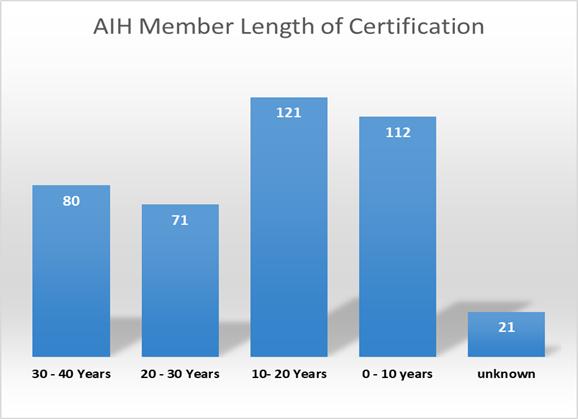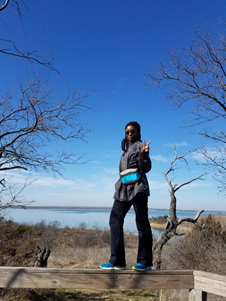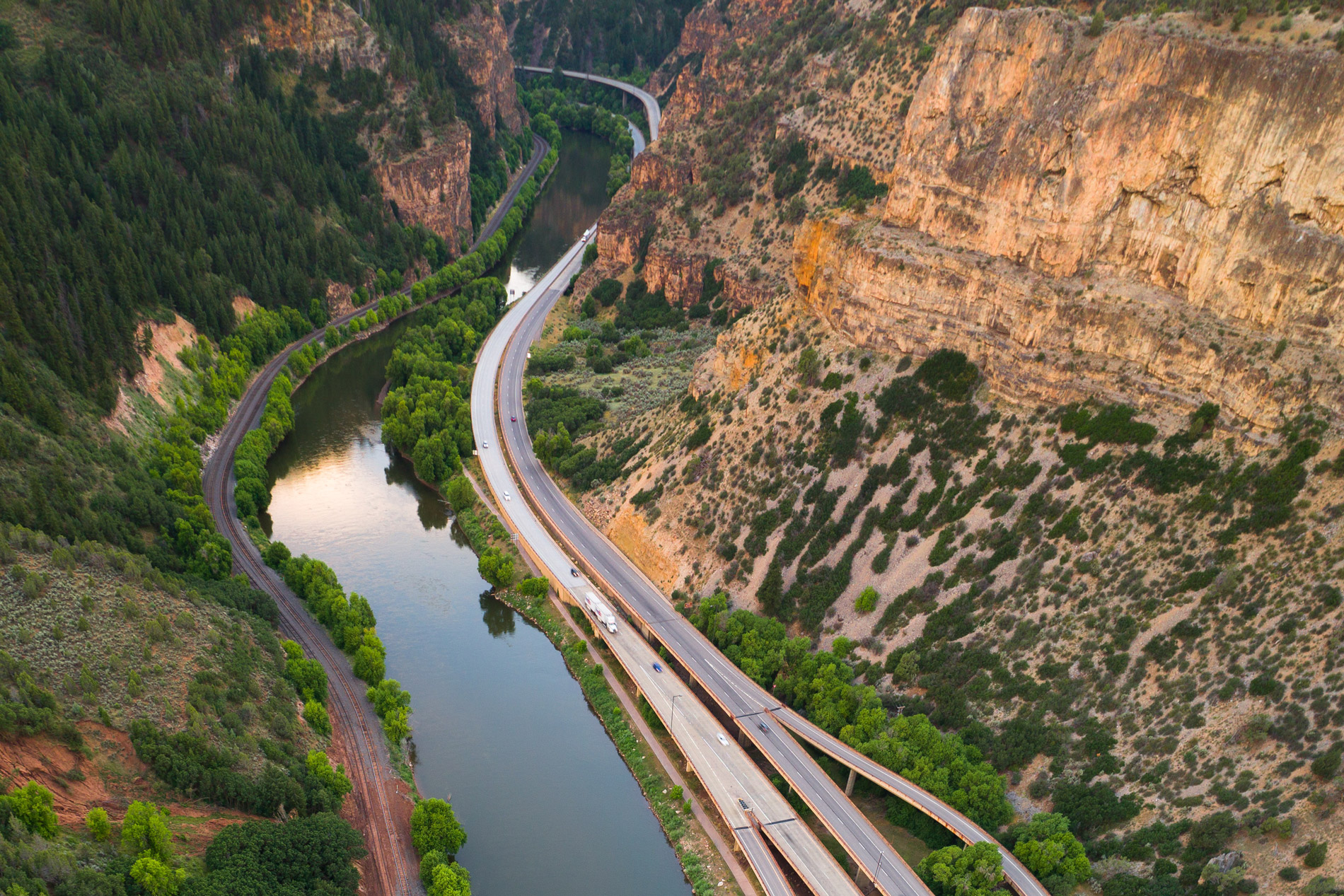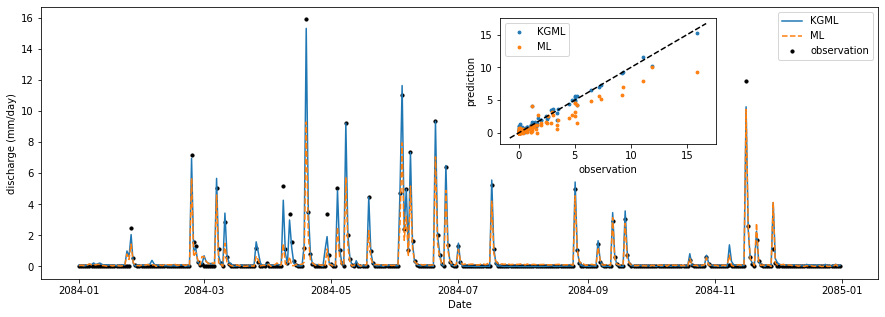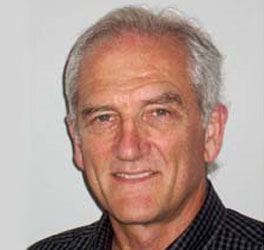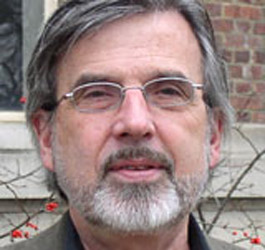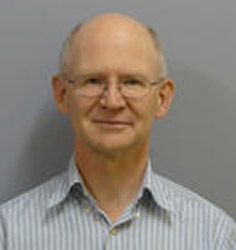Your AIH leadership team and member volunteers are working hard on exciting initiatives for AIH. Thank you to all who have stepped forward to take on roles to help advance the mission of AIH. We rely on our members’ participation, and we are eager to engage more members in AIH activities. Even if not interested in taking on a leadership role for AIH or getting involved in various subcommittees or groups, we request all our members to be ambassadors for AIH and its certified members. Please contact me or others on our leadership team to get involved.
We are approaching an important pivot point for the focus of AIH’s leadership team. Much energy has been dedicated to improving fundamental processes for AIH over the past few years. While we continue our work to address challenges, changes are underway that we are confident will improve our processes. Examples include rollout of new online member application and database system, and upcoming solicitation for examination support services. Concurrently, we are advancing initiatives related to member engagement, along with collaboration and engagement with other organizations (e.g., American Water Resources Association (AWRA); Consortium of Universities for the Advancement of Hydrologic Science, Inc. (CUAHSI); etc.).
Noted in my previous message, we established a new Diversity, Equity, and Inclusion (DEI) Committee along with a new Webinars Subcommittee. Kudos to: Ed Baquerizo, PH; Megan Gehrke, PH; Ramanitharan Kandiah, PH; Amesha Morris, Matt Naftaly, PH; John Ramirez Avila, PH; and Michelle Woolfolk, PH, and along with AIH leadership team members (Sarah Erck, CMP; Salam Murtada, PH; and Julé Rizzardo, PH) for stepping up to lead AIH’s DEI initiatives. Our Webinars Subcommittee members include member volunteer, Mike Talbot, HIT, and AIH leadership team members (Sarah Erck; Yige Gao, PH; Salam Murtada, PH; and Brennon Schaefer, PH). We’re excited for the rollout of actions from these two groups over the next few months.
On a matter related to inclusion, our Executive Committee (EC) advanced an action earlier this year to eliminate the constraint of nominations for serving on AIH’s EC to only certified Professional Hydrologists (PH)–all certified members (PHs, Hydrologists-in-Training (HITs), and Hydrologic Technicians (HTs) may be nominated to serve for positions on the EC. Subsequently, Chance Fulk, HT III, was appointed as Treasurer, the first HT to serve on AIH’s EC.
Please look for upcoming announcements regarding membership engagement. We’re planning a virtual “meet and greet” event during September and, if all goes well, an in-person social event in Sacramento, California to ring in the New Water Year on September 30. I’m very excited for these events!

PS: Note deliberate effort to include AIH certified members’ acronyms with names. I’m calling on all AIH certified members, as ambassadors of AIH, to take pride and flaunt your AIH acronym. Be HIT-, HT-, and PH-proud!
Sincerely,
Jamil S. Ibrahim PH, PMP, ENV SP
AIH President, 2021-2022

